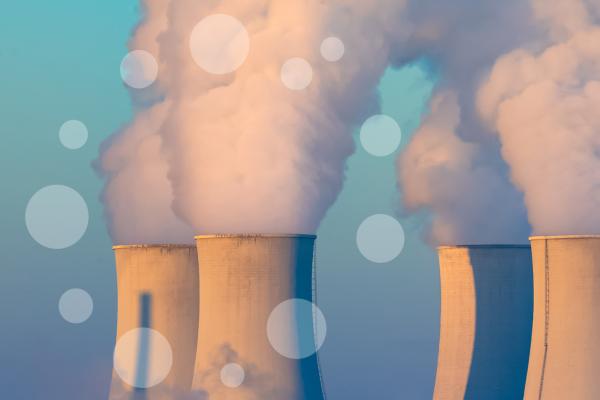Nuclear fuel safety is the basic component of all safety requirements associated with nuclear energy production. The ultimate goal is to ensure that fuel rods in the reactor core will fulfil their main safety function, which consists of retaining all radionuclides, while generating energy.
Unique experimental facilities and modelling codes are applied to study the properties and behaviour, as well as determine the safety limits of nuclear fuels and cycles under normal and off-normal operating conditions, also covering severe accident scenarios. The studies include fuel safety during irradiation in-pile and after discharge from the nuclear reactor core (post irradiation).
The research scope addresses safety issues relevant for conventional and advanced fuels and cycles in the EU, e.g. extended fuel operation (which allows higher fuel consumption, or "burn-up"), fast reactor fuels (such as plutonium compounds) and closed cycle fuels incorporating minor actinides (neptunium, americium, curium).
The physical, chemical, thermo-mechanical properties of nuclear fuels and materials are investigated. Fuel compounds (actinide oxides, carbides, nitrides and other special compositions) are prepared to characterise basic and safety relevant properties, and to test specific aspects of their behaviour under irradiation conditions.
Post-irradiation examination allows assessment of the response of fuel and cladding to the extreme conditions in-pile. The effects on the properties of the fuel due to strong temperature and fission density gradients, combined with the intense radiation damage and the accumulation of fission products are investigated.
The analysis covers morphology and structure, composition and phase distribution, heat and matter transport, mechanical and chemical interactions, and go from the atomic to the macroscopic/operational property level. In particular, it is studied how the increasing presence of fission products and of displaced atoms in the crystalline lattice of the fuel causes macroscopic degradations of its mechanical properties (swelling, cracking) and its capacity to transport the heat generated by the nuclear fission process to the coolant.
Experimental studies deliver the input for continuous updating of fuel modelling codes such as JRC's TRANSURANUS.


